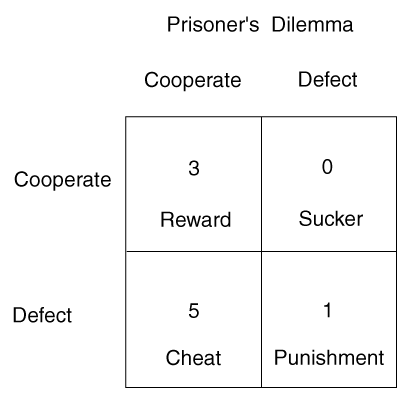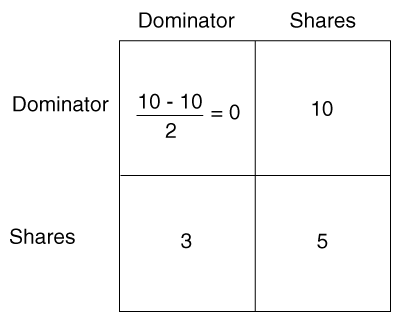Please wait while we process your payment
If you don't see it, please check your spam folder. Sometimes it can end up there.
If you don't see it, please check your spam folder. Sometimes it can end up there.
Please wait while we process your payment

By signing up you agree to our terms and privacy policy.
Don’t have an account? Subscribe now
Create Your Account
Sign up for your FREE 7-day trial
By signing up you agree to our terms and privacy policy.
Already have an account? Log in
Your Email
Choose Your Plan
Individual
Group Discount
Save over 50% with a SparkNotes PLUS Annual Plan!
 payment page
payment page
Purchasing SparkNotes PLUS for a group?
Get Annual Plans at a discount when you buy 2 or more!
Price
$24.99 $18.74 /subscription + tax
Subtotal $37.48 + tax
Save 25% on 2-49 accounts
Save 30% on 50-99 accounts
Want 100 or more? Contact us for a customized plan.
 payment page
payment page
Your Plan
Payment Details
Payment Summary
SparkNotes Plus
You'll be billed after your free trial ends.
7-Day Free Trial
Not Applicable
Renews July 25, 2025 July 18, 2025
Discounts (applied to next billing)
DUE NOW
US $0.00
SNPLUSROCKS20 | 20% Discount
This is not a valid promo code.
Discount Code (one code per order)
SparkNotes PLUS Annual Plan - Group Discount
Qty: 00
SparkNotes Plus subscription is $4.99/month or $24.99/year as selected above. The free trial period is the first 7 days of your subscription. TO CANCEL YOUR SUBSCRIPTION AND AVOID BEING CHARGED, YOU MUST CANCEL BEFORE THE END OF THE FREE TRIAL PERIOD. You may cancel your subscription on your Subscription and Billing page or contact Customer Support at custserv@bn.com. Your subscription will continue automatically once the free trial period is over. Free trial is available to new customers only.
Choose Your Plan
This site is protected by reCAPTCHA and the Google Privacy Policy and Terms of Service apply.
For the next 7 days, you'll have access to awesome PLUS stuff like AP English test prep, No Fear Shakespeare translations and audio, a note-taking tool, personalized dashboard, & much more!
You’ve successfully purchased a group discount. Your group members can use the joining link below to redeem their group membership. You'll also receive an email with the link.
Members will be prompted to log in or create an account to redeem their group membership.
Thanks for creating a SparkNotes account! Continue to start your free trial.
We're sorry, we could not create your account. SparkNotes PLUS is not available in your country. See what countries we’re in.
There was an error creating your account. Please check your payment details and try again.
Please wait while we process your payment

Your PLUS subscription has expired
Please wait while we process your payment
Please wait while we process your payment

Problems 2
Problem :
In a hawk-dove game, if the benefit of winning is 10 and the cost of losing is 7, what is the best strategy to play, hawk or dove?
In contests modeled after the hawk-dove game, when the benefit is greater than the cost, the best strategy is to always play hawk.
Problem :
If the Prisoner's Dilemma game is repeated multiple times, why should you not always cheat?

The Prisoner's Dilemma, when repeated, offers a maximum reward if you mix up your strategy. It is true that cheating offers a better reward no matter what your opponent does, however, by mimicking your partner's behavior, you will obtain the maximum reward. When your partner cheats, you should cheat in the next game. When your partner cooperates, you should cooperate in the next game.
Problem :
Consider two breeding strategies of the fictional Woozle. Dominator Woozles can fight for a breeding territory, and if they win, will be able to rear 10 offspring. An alternative is to share territory with another Woozle which will allow each to rear 5 offspring. Sharers who attempt to share with dominators will be forced out of the territory, although they will be able to find a new territory. Assume sharers become extra catious after encountering a dominator and so will always find another territory to share the next time around, but due to lost time will only be able to produce 3 offspring. Dominators are always able to force sharers out of the territory and rear 10 young. Dominators who meet dominators will win 50% of the time. When they lose, they are not able to reproduce that season due to sustained injuries. Individual Woozles cannot switch strategies. What proportion of the population would you expect to be dominators, and what proportion would be sharers?

If a dominator meets another dominator, he has a 50% chance of winning and
producing 10 offspring, and a 50% chance of losing which means a cost of 10
offspring. Therefore the average payoff for a dominator/dominator encounter is
zero. Dominators who meet sharers will win the territory and produce 10
offspring. Sharers who meet sharers will produce 5 offspring each. Sharers who
meet dominators will always produce 3 offspring at their new territory. Since
these are the only two mating strategies Woozles can choose from, we know that
the proportion of dominators (p) and sharers (q) will equal the entire
population. We then use our equations to estimate the relative payoffs for the
dominator strategy and the sharer strategy. We end up with the following two
equations:
p + q = 1
p(0) + q(10) = p(3) + q(5)
Solving for p and q yields:
p=5/8
q=3/8
5/8 of the population will be dominators and 3/8 will be sharers.
Please wait while we process your payment

